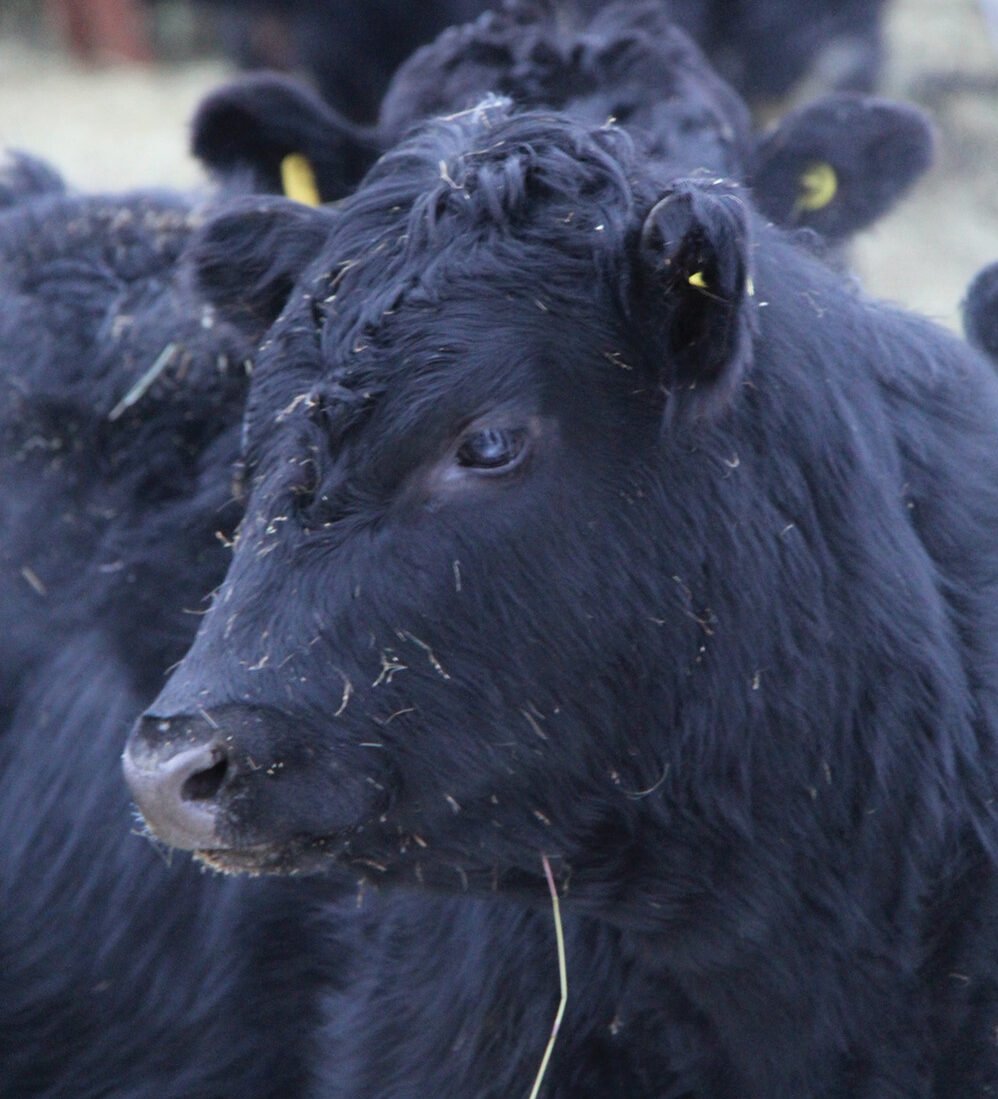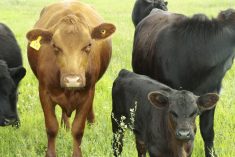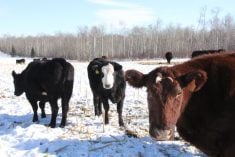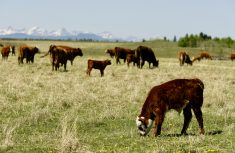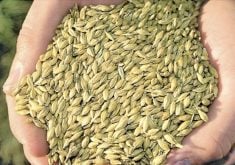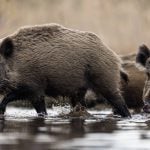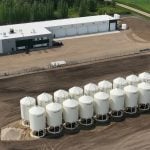Setting clear benchmarks is an ideal place to begin when creating your heifer development program.
This is where Kristin Thompson, ruminant nutritionist for New Life Mills, begins when she works with cow-calf producers to develop nutrition programs for replacement females.
Monitoring your heifers’ growth begins with knowing how much they need to gain by the time they are ready for breeding. With heifers reaching puberty at around 12 to 14 months of age and the general recommendation that they be at about 60 to 65 per cent of mature body weight at this time, producers can take an average of their heifers’ weights at weaning and determine the average daily gain necessary to meet that standard by breeding time.
Read Also

What to know before you go to Agribition 2025
If you’re attending Agribition 2025, this is the place to find out about tickets, dates and what’s happening this year.
“Once they figure that out… then we can kind of go deeper into what the actual nutrition requirements are for that animal at that stage of production,” says Thompson, who is based out of Clavet, Sask.
Thompson shared some of her top considerations for planning a heifer nutrition program:
1. Group heifers separately from mature cows
Managing heifers separately from the rest of your females is important for meeting their differing nutritional requirements.
“Not only does it reduce the competition at the bunk — often the heifers will be outcompeted by the mature cows — but because their nutrient requirements are about 20 per cent higher, you’re able to formulate to meet the specific requirements to make sure they don’t come into the breeding season under-conditioned,” she says.
2. Be aware of changing nutritional requirements
As with mature cows, a heifer’s nutritional requirements will change throughout the year. The commonly used 7-9-11 rule for mature females can be adjusted by 20 per cent for a first-calf heifer.
“Typically pre-breeding, you’re going to be at a requirement of seven per cent protein, nine per cent after breeding and then after calving you’re at about 11 to 12 per cent,” Thompson says of mature females.
“Instead of seven per cent you’re looking at eight to nine per cent to just meet her growth requirements so that she has the frame size as well as the condition by the time she’s breeding.”
3. Adjust supplementation based on recent weather
“Along with a basic nutrient analysis of the forages, it is important to consider taking into consideration what the weather patterns were over the last couple months to see if you need to do any kind of toxin testing on those forages,” says Thompson. “Toxins can have a significant impact not just on reproduction but just health in general for the animals.”
In wet years there may be issues with mycotoxins in forages, and in dry years stored forages could have nitrate toxicity. As well, monitor your pastures carefully during dry years. If your pastures and stored forages are low in minerals, you’ll likely have to supplement that in your program.
“It’s good to actually take clippings of the forage and actually (do) a test to see what your forage quality is or your grass quality because you can often end up with some deficiencies,” she says.
4. Avoid over-conditioning heifers
Thompson cautions against over-conditioning heifers, which reduces a female’s lifetime reproductive performance. This can also affect mammary gland development.
“Over (conditioning) animals leads to more fat buildup in the mammary gland, which leads to reduced milk production, so you might have heifers that aren’t going to be able to produce enough milk in order to support that calf,” she explains.
5. Consider Frame differences by breed
Frame size can also play a role in determining the right feeding program for heifers.
“The nutrient requirements are going to be different depending on what breed of animal you have, if you have a large or medium frame, because the weight that those animals need to achieve by the time the breeding season rolls around is going to be different.”
6. Feed high-quality forage to maximize nutrition
One consideration that can be overlooked is the importance of high-quality forage to meet a heifer’s nutritional requirement. As smaller animals, they have reduced dry matter intake potential than mature cows. That means you can’t feed the same forages to the heifers as the cows, as the cows can consume more to meet their nutrient requirements, Thompson says.
Heifers fed poor-quality forages “might be too full” and not consume the appropriate nutrients, she adds, or not be “physically able to consume enough to meet those requirements.”


